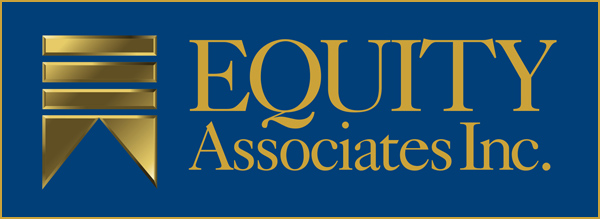A Registered Disability Savings Plan (RDSP) is a tax sheltered savings account designed to help Canadians with disabilities, and their families, save for long-term financial security.
The plan beneficiary is the person who will use the funds. The plan holder is the person who opens and manages the plan on the beneficiary’s behalf. The plan holder is often the beneficiary’s parent, legal guardian or caregiver, or the beneficiary themselves.
To qualify for a RDSP the beneficiary must be a Canadian resident, under the age of 60, have a Social Insurance Number, and are approved for the federal Disability Tax Credit.
There is no annual limit for RDSP contributions, and you may contribute a lifetime maximum of $200,000. You can make contributions to the plan until December 31st of the year that the beneficiary turns 59. If possible, contribute every year to benefit from grants and bonds.
Extra funding is available from the federal government to help you save even more:
-
-
- Canada Disability Savings Grant (CDSG) Every year until December 31st of the year in which the beneficiary turns 49, the federal government will match your contributions up to a maximum of $3,500 per year and $70,000 over the beneficiary’s lifetime. The amount you receive depends on your family income and the contributions.
- Canada Disability Savings Bond (CDSB) Low-income families can qualify to receive up to $1,000 per year, up to a lifetime maximum of $20,000. You don’t need to make a contribution in order to receive the Canada Disability Savings Bond. The CDSB contribution is available until the end of the year that the beneficiary turns 49.
-
You can catch up on grant and bond contributions going back to the date that you were approved for the Disability Tax Credit, to a maximum of 10 years. For a single year the maximum carry-forward contributions are $10,500 for the CDSG and $11,000 for the CDSB.
RDSPs are deigned to support future healthcare expenses, retirement income, and other living costs, but they aren’t required to be used for any specific purpose and can be used for anything the beneficiary chooses, such as, modifying a home for accessibility, hiring personal care or support worker, continuing education, or participating in hobbies such as sports or travel.
There are two types of RDSP withdrawals. Disability Assistance Payments (DAPs) are one-time withdrawals that can be requested at any time and can be used by the beneficiary for any reason. Lifetime Disability Payments (LDAPs) are regular payments from the plan, made directly to the beneficiary. The beneficiary must start receiving LDAPs December 31st of the year they turn 60, and payments continue throughout their lifetime.
RDSP contributions are not tax-deductible, but the investments in the RDSP grow tax-sheltered. When funds are withdrawn from the account, the beneficiary will pay tax on the investment earnings and any grants or bonds, but not the original contributions.
Canada Revenue Agency will send the plan holder an annual statement that includes the amount of unused grants you’re entitled to, and the maximum contributions required to maximize the grants each year.
People who live with severe and prolonged impairments have higher healthcare and living expenses. A RDSP can be an effective way to cover these costs and feel greater peace of mind. RDSPs are too often overlooked.

